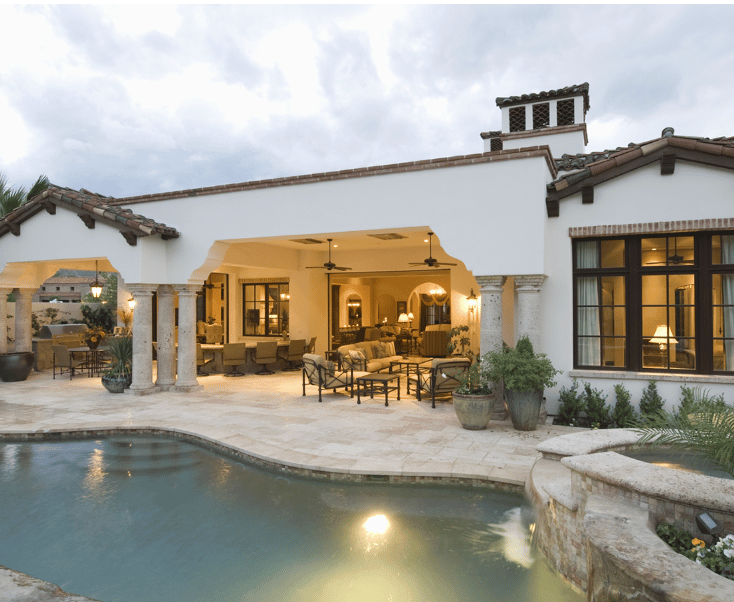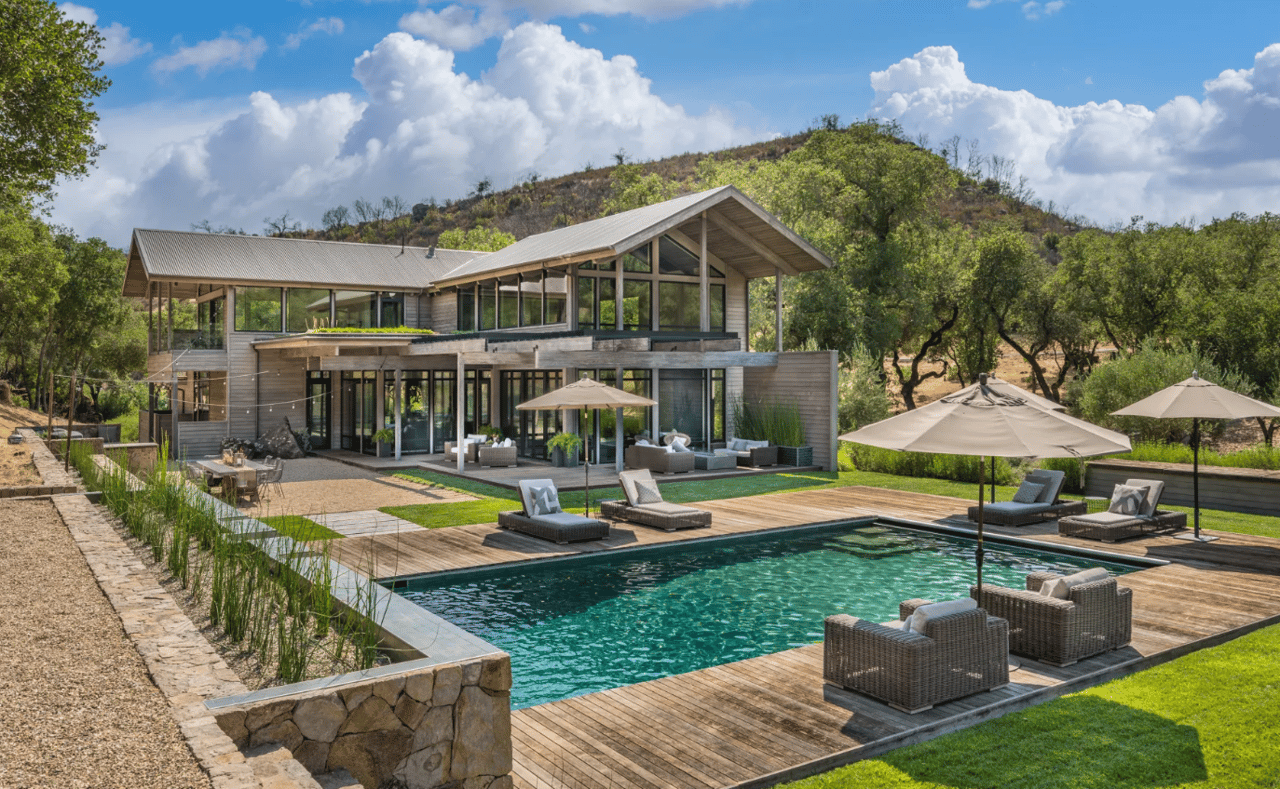Buying a Second Home in California: The Complete Guide
Buying a second home in California isn’t just a real estate decision — it’s a lifestyle upgrade. Whether you’re dreaming of weekends in wine country, effortless coastal escapes, or a foothold in the desert, a second home is a way of expanding your life in a direction that feels more like you. With 2025 bringing new tax considerations, shifting buyer patterns, and renewed demand for vacation-ready homes, knowing where to buy and what to look for can make all the difference. This guide walks you through the most promising markets and the real factors that shape a smart, future-focused purchase.
California has long been a dream destination for second-home buyers. Whether you envision vineyard weekends in Paso Robles, ski season in Lake Tahoe, or coastal sunsets in Malibu, a second property here can offer both lifestyle perks and long-term investment value.
In 2025, though, the market is competitive — and navigating financing, tax implications, and location choices is more important than ever. This guide walks you through what you need to know before you buy.
Not sure where to start? Here’s our guide to finding your dream luxury home in California.
1. Define Your Second Home Goals
Not all second homes are created equal. Decide early on whether you want:
-
A personal getaway — a place just for family and friends
-
An income property — rented out when you’re not there
-
A future retirement home — purchased now, moved into later
2. Pick the Right California Location
Second-home markets vary dramatically in cost, rental potential, and lifestyle. Popular options include:
-
Coastal Retreats: Malibu, Santa Barbara, Carmel-by-the-Sea
-
Wine Country: Napa Valley, Sonoma, Paso Robles
-
Desert Escapes: Palm Springs, Rancho Mirage, La Quinta
-
Mountain & Lake Getaways: Lake Tahoe, Big Bear Lake, Mammoth Lakes
📍 Pro Tip: If you want high rental income, look for properties in year-round vacation destinations with strong off-season appeal — such as Santa Barbara (wine + beach) or Palm Springs (golf + festivals).
Desert destinations are booming — see our luxury desert home guide
3. Understand the 2025 Market
The second-home market in California is shaped by:
-
Rising demand from remote workers who split time between homes
-
Increased short-term rental regulations in many cities
-
Higher interest rates making cash purchases more competitive
-
Tight inventory for unique, high-amenity properties
Considering a Second Home? Let’s Make a Plan.
California’s second-home landscape is incredibly nuanced — from zoning and short-term rental rules to wildfire considerations, tax benefits, and lifestyle fit. If you’re thinking about buying:
→ Schedule a 10-minute California Second-Home Consult
No pressure. Just clarity.
4. Financing a Second Home
-
Conventional Loans: Require higher down payments (20–30%)
-
Jumbo Loans: Often necessary for luxury properties over $1M
-
Cash Purchases: Offer negotiation leverage and faster closings
-
Rental Income Qualification: Some lenders allow projected rental income to offset debt-to-income ratios
5. Tax Considerations
Second-home buyers should be aware of:
-
Mortgage interest deductions — available on combined primary + second home loans up to $750K
-
Property tax rules — Proposition 13 limits increases, but base year value matters
-
Capital gains exemptions — only apply if you’ve lived in the home for 2 of the last 5 years
-
Short-term rental taxes — cities like Palm Springs impose hefty TOT (Transient Occupancy Tax)
(Always consult a tax professional before purchase.)
6. Work With a Local Expert
The right agent will:
-
Give you access to off-market listings
-
Know local rental rules before you buy
-
Connect you with property managers, contractors, and designers
-
Advise on resale potential based on micro-market trends
7. Plan for Maintenance and Management
Owning a second home requires a plan for:
-
Security and insurance
-
Regular cleaning and landscaping
-
Emergency repairs when you’re not in town
-
Local contacts for guest check-ins if renting
A Coastline 840 Perspective
At Coastline 840, we believe a second home in California isn’t just a purchase — it’s an extension of your life story. It’s where summer dinners spill into the night under string lights, where holiday mornings are slow and warm, where every return feels like an exhale. From the cliffs of Big Sur to the palms of the Coachella Valley, we help our clients find not just a home, but the right home to write their next chapter.
Final Thoughts
Some of the best homes never make it online but we have direct access to pocket listings in Los Angeles and other off-market opportunities that are shared privately between agents. If you’re looking for something unique, ask us what’s available behind the scenes.
Buying a second home in California is about balancing lifestyle dreams with smart investment strategy. When you combine the right location, financing, and expert guidance, your second home can be both a sanctuary and a savvy financial move.
More to read!
Get the California Second-Home Buyer’s Checklist (2025 Edition) — everything you need to make a confident, clear, future-focused purchase anywhere in the Golden State.




